Abstract: An overview of the radio observations during April 2024 is given.
The graphs show both the daily totals (Figure 1) and the hourly numbers (Figure 2) of “all” reflections counted automatically, and of manually counted “overdense” reflections, overdense reflections longer than 10 seconds and longer than 1 minute, as observed here at Kampenhout (BE) on the frequency of our VVS-beacon (49.99 MHz) during the month of April 2024.
The hourly numbers, for echoes shorter than 1 minute, are weighted averages derived from:

Local interference and unidentified noise remained low for most of the month, but weak to moderate lightning activity was observed on 4 days, while strong lighting above our beacon on April 8th made meteor observations very difficult for some time (Figure 3).
Also, solar activity was particularly strong during this month. Attached (Figures 4 and 5) are examples of the registrations of a number of strong type III outbursts on 12 and on 19 April.
Meteor activity gradually increased in the course of the month, but the eye-catcher came as expected on April 22nd with the Lyrids. Counts of “all” reflections hardly shows an increase at that date, but the increased number of overdense meteors is striking.
During the entire month 6 reflections longer than 1 minute were recorded. A selection of these, along with some other interesting reflections is included (Figures 6 to 12). More of these are available on request.
In addition to the usual graphs, you will also find the raw counts (subject to strict reservations as previously said) in cvs-format from which the graphs are derived. The table contains the following columns: day of the month, hour of the day, day + decimals, solar longitude (epoch J2000), counts of “all” reflections, overdense reflections, reflections longer than 10 seconds and reflections longer than 1 minute, the numbers being the observed reflections of the past hour.
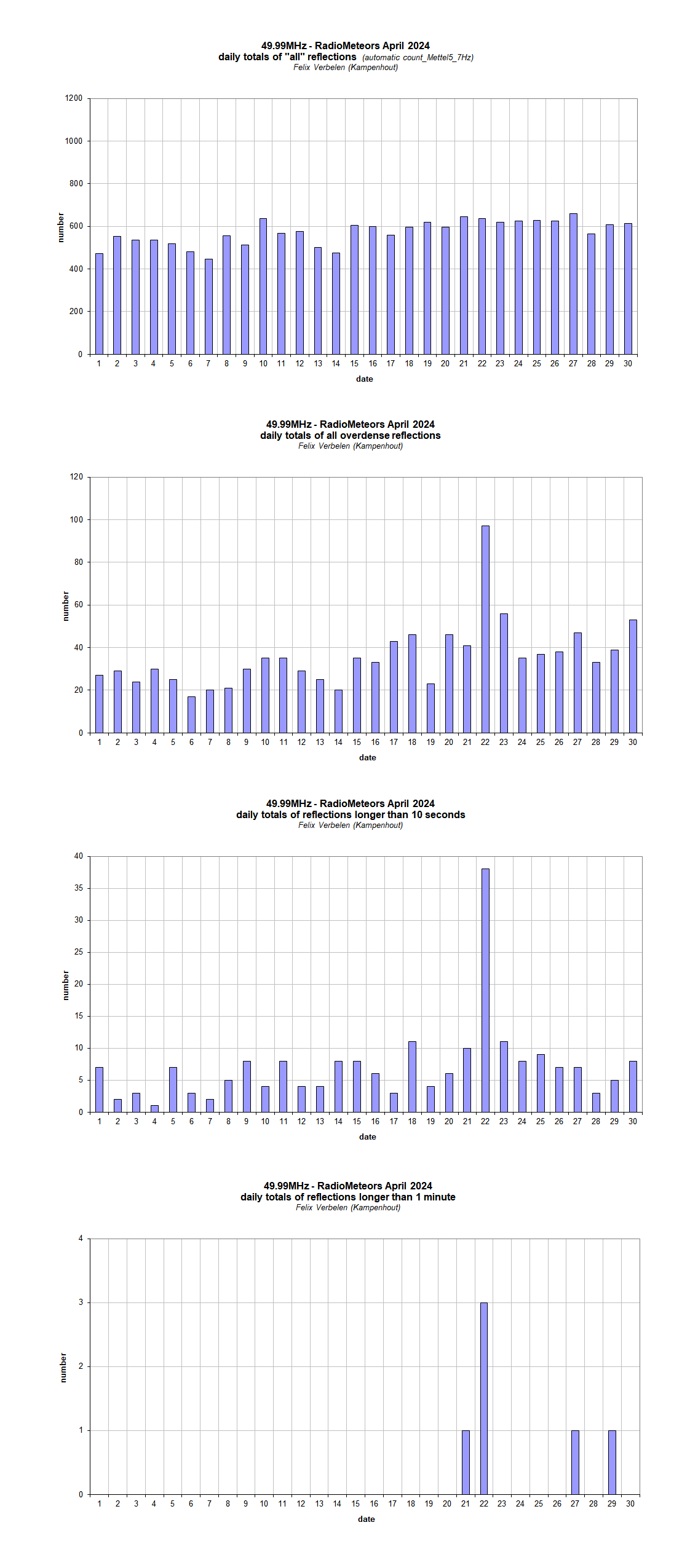
Figure 1 – The daily totals of “all” reflections counted automatically, and of manually counted “overdense” reflections, as observed here at Kampenhout (BE) on the frequency of our VVS-beacon (49.99 MHz) during April 2024.
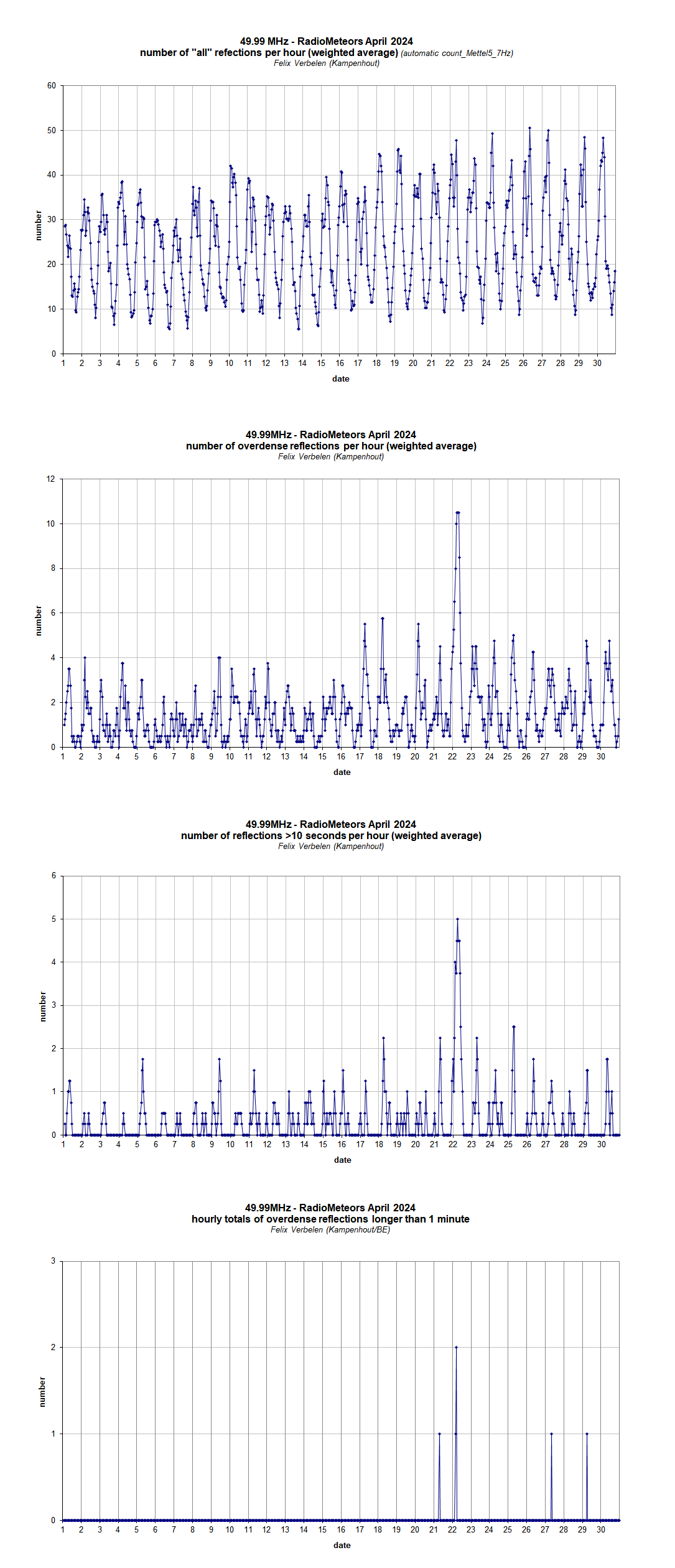
Figure 2 – The hourly numbers of “all” reflections counted automatically, and of manually counted “overdense” reflections, overdense reflections longer than 10 seconds and longer than 1 minute, as observed here at Kampenhout (BE) on the frequency of our VVS-beacon (49.99 MHz) during April 2024.
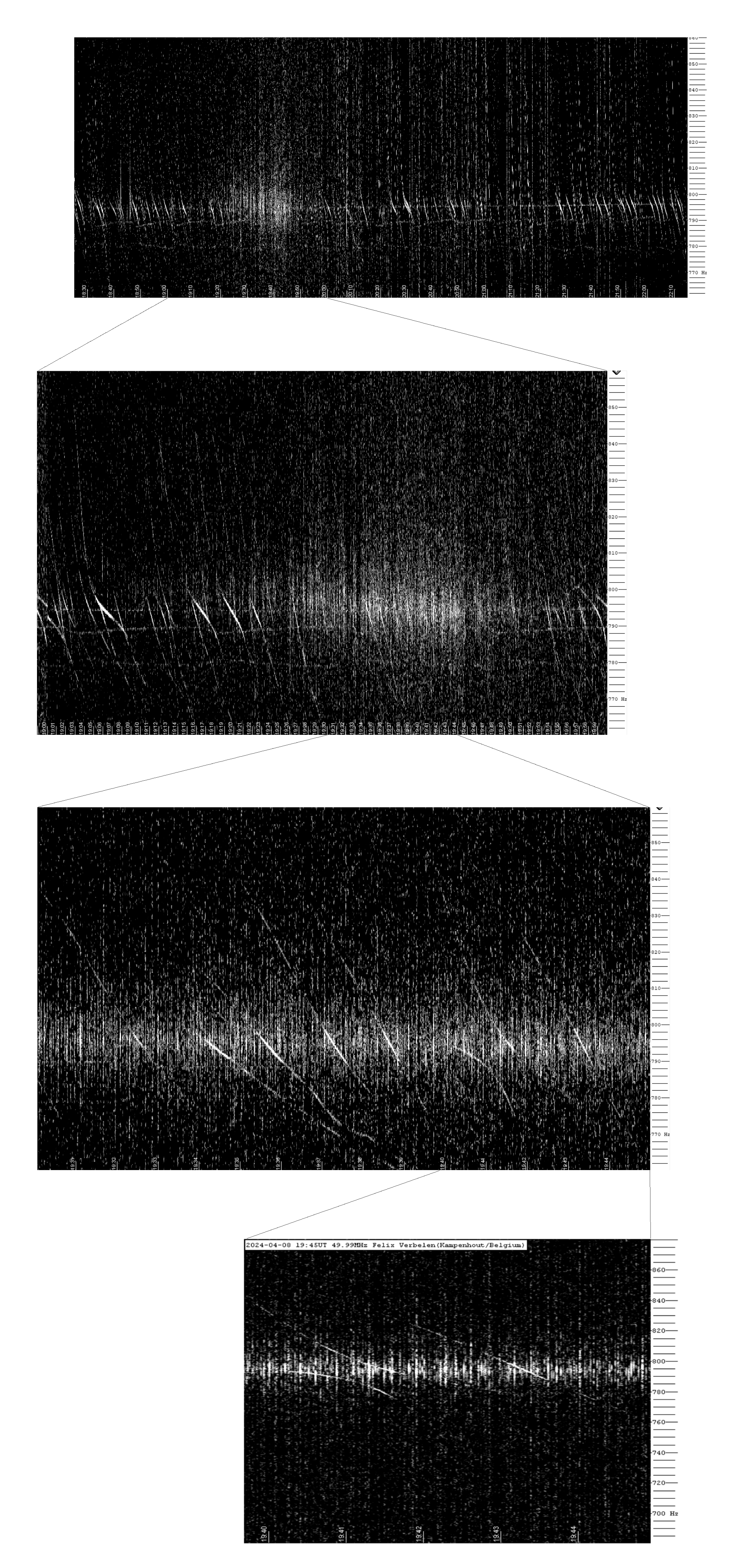
Figure 3 – Strong lighting above our beacon on April 8th made meteor observations very difficult for some time.
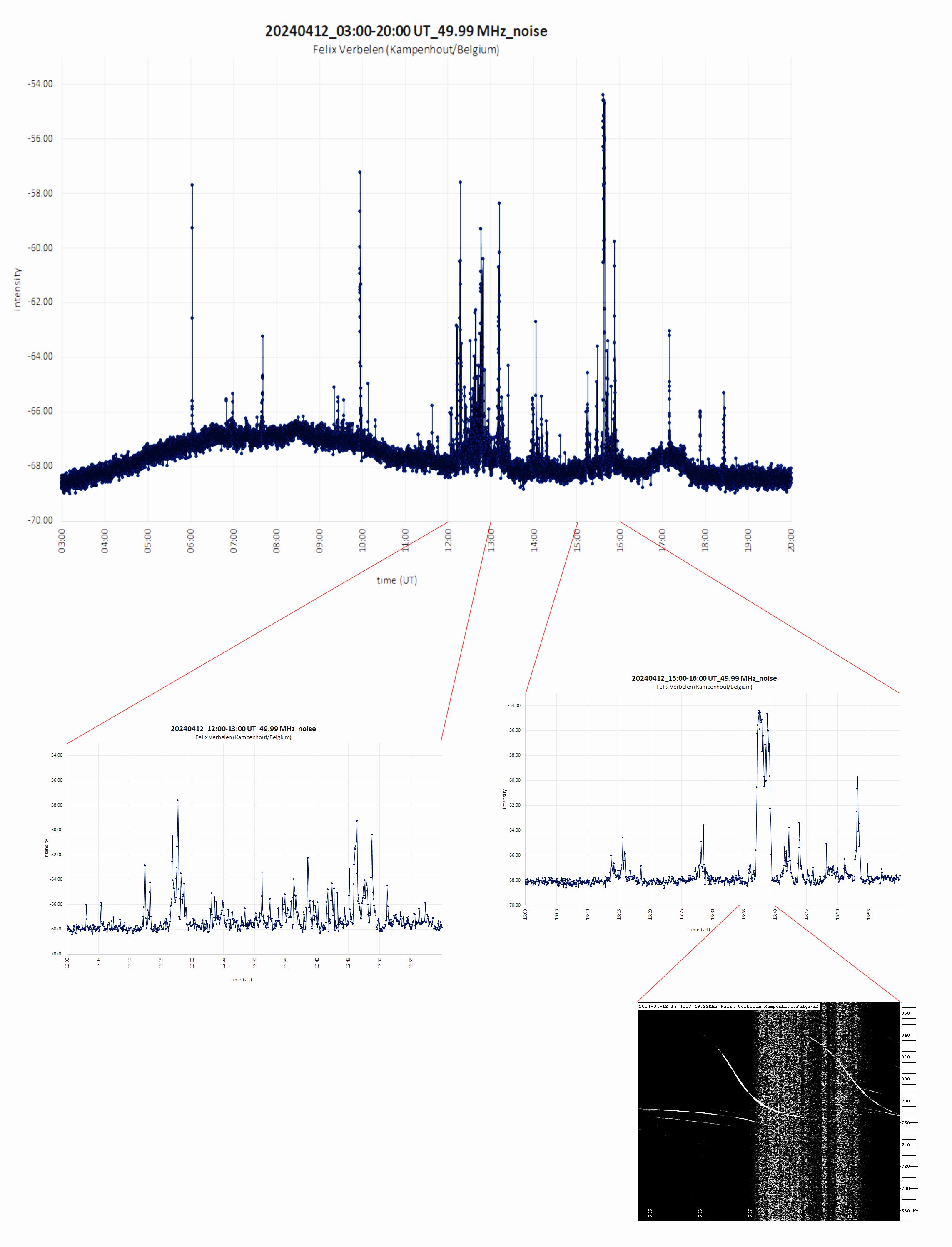
Figure 4 – Strong type III outbursts on 12 April.
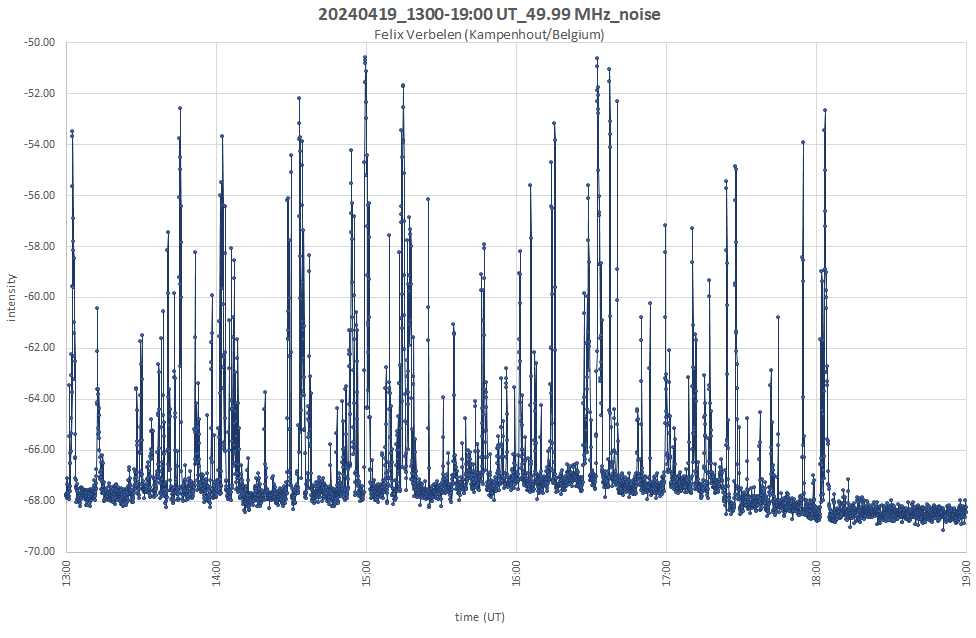
Figure 5 – Strong type III outbursts on 19 April.
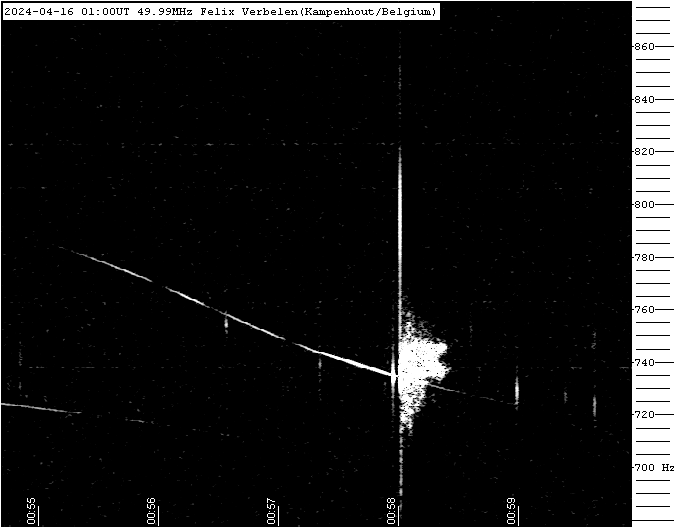
Figure 6 – Meteor echoes April 16, 01h00m UT.
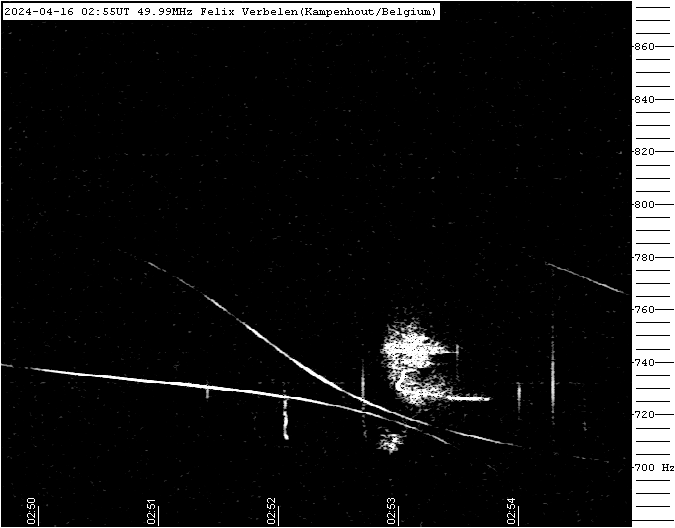
Figure 7 – Meteor echoes April 16, 02h55m UT.
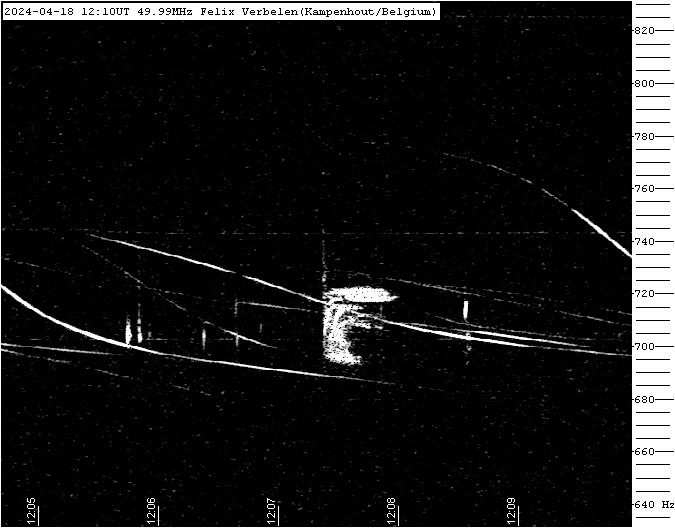
Figure 8 – Meteor echoes April 18, 12h10m UT.
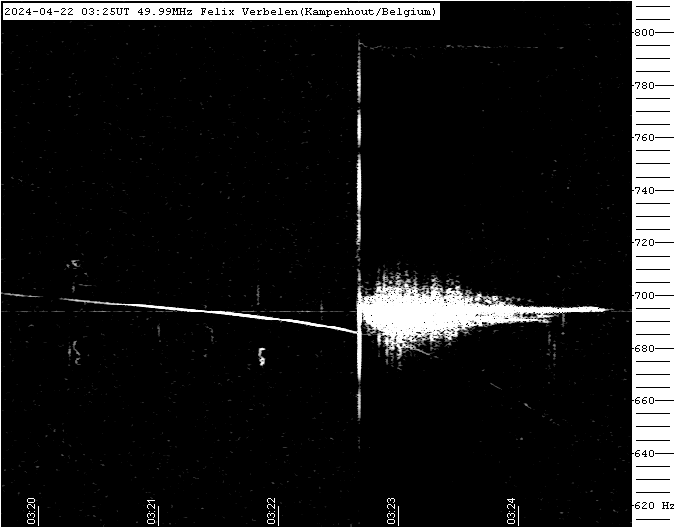
Figure 9 – Meteor echoes April 22, 03h25m UT.
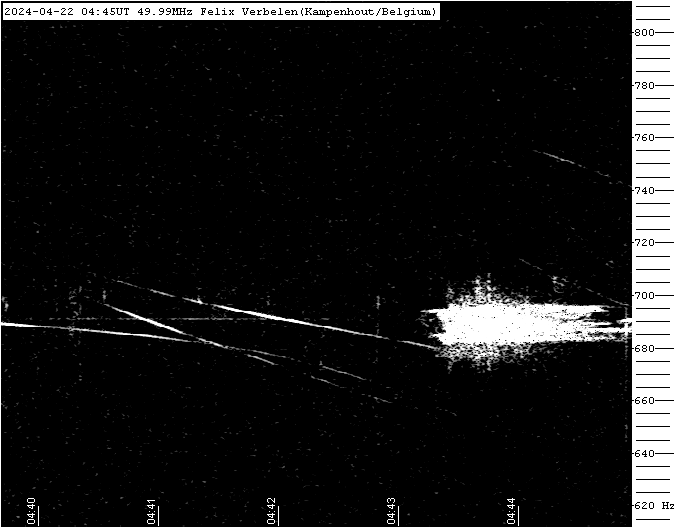
Figure 10 – Meteor echoes April 22, 04h45m UT.
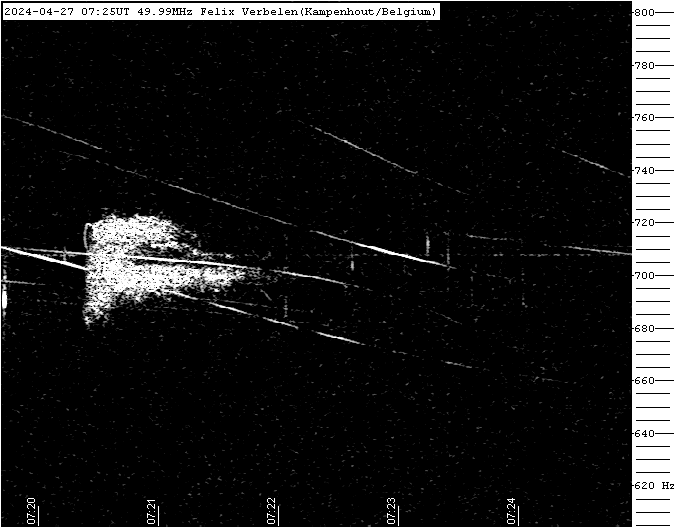
Figure 11 – Meteor echoes April 27, 07h25m UT.
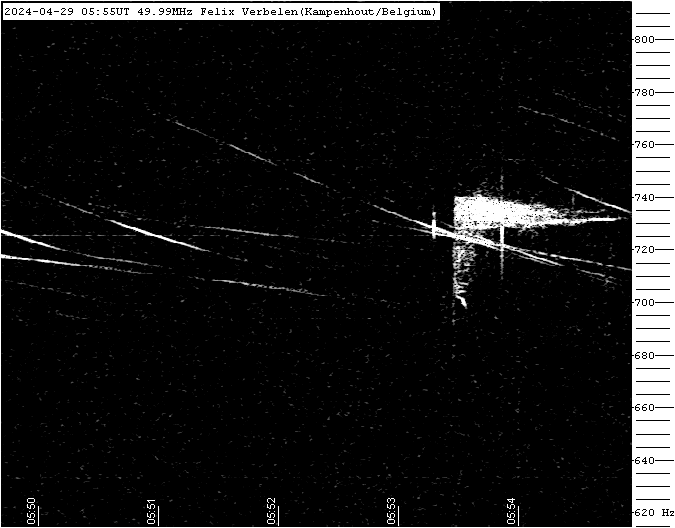
Figure 12 – Meteor echoes April 29, 05h55m UT.




